Connection Between Migraines and Seizures
Table of Contents
When Your Headache Brings a Shock: The Surprising Connection Between Migraines and Seizures
I often wonder if that excruciating migraine I am experiencing could actually spiral into something even more frightening, like a seizure. It is a genuine concern many people share; the answer, while complex, suggests a fascinating relationship between these two distinct neurological conditions. We are talking about migraine—those intense, throbbing headaches that frequently bring along nausea, light sensitivity, and sometimes visual disturbances known as auras—and seizures, which are sudden, uncontrolled bursts of electrical activity in the brain leading to temporary shifts in sensation, movement, thought, or awareness. They behave like distant relatives, often appearing in the same brain, and on occasion, one condition may seem to influence the other.
Understanding Migraine and Seizures: What Exactly Is Happening in the Brain?
Centuries ago, people might have attributed headaches and seizures to divine displeasure or malevolent spirits. Think about ancient cultures, such as the Babylonians and Egyptians, who documented symptoms resembling these conditions thousands of years ago. Historical remedies included everything from clay crocodiles applied to the head to trepanation, a practice involving drilling holes into the skull, supposedly to release negative influences. The intellectual leap arrived with Hippocrates, often recognized as the “Father of Medicine,” who advocated for scientific explanations, positing both conditions originated from brain function. Later, in the 19th century, figures like John Hughlings Jackson solidified the concept of seizures as electrical brain activity, while Edward Liveing described migraine as “nerve storms.” Even William R. Gowers, a prominent neurologist, observed this overlap, labeling migraine the “borderlands of epilepsy”—a truly dramatic characterization. This historical insight paved the way for the term “migralepsy” in 1960, acknowledging rare instances where a migraine aura appeared to initiate a seizure.
Today, medical science confirms that while a migraine typically does not directly cause a seizure, and the reverse is also generally true, these two conditions frequently occur together. This association, called comorbidity, means if you experience one, your likelihood of having the other might increase. Why this connection exists remains a subject of intense scientific scrutiny, but we observe several key commonalities:
- Brain Sensitivity: Both conditions involve highly sensitive, hyperexcitable brains and abnormal electrical activity. Imagine it like a shared, subtle electrical wiring issue within the brain.
- Genetic Influence: Evidence suggests a significant genetic connection. Specific gene mutations, for example, SCN1A linked to a severe migraine type, can increase a person’s risk for both migraine and certain epilepsy syndromes.
- Common Triggers: Several factors can provoke either a migraine or a seizure. These often include stress, insufficient sleep, hormonal fluctuations (such as during menstruation), alcohol intake, and certain visual stimuli like flashing lights.
- Aura Manifestations: Both conditions can start with an “aura”—unusual sensory warnings. Visual auras, characterized by zigzag lines or flashing lights, present in both, making distinction challenging. Migraine auras usually develop slowly, lasting up to an hour, whereas epileptic auras are typically sudden and brief, often resolving in less than five minutes.
- Migraine Aura-Triggered Seizure (Migralepsy): This specific, rare event describes an epileptic seizure directly initiated by a migraine with aura, typically within an hour of the aura’s onset. However, it is important to remember that a common headache after a seizure (a postictal headache) often occurs, which can also feel similar to a migraine but has a different origin.
My personal observation from working with many individuals dealing with these issues confirms this intricate interplay. One person shared, “I used to think my visual disturbances were just part of a bad headache, but when I had a sudden jerking episode, everything changed. Doctors then explored the potential links between my migraine aura and what turned out to be a seizure event.” Stories like this highlight the diagnostic complexities involved.
The Ongoing Debate: Is Migralepsy a Unique Condition?
The discussion around migralepsy is still quite active. While the International Headache Society includes migralepsy in its official classifications, not all medical experts agree it constitutes a completely separate condition. Some argue it merely represents two conditions, migraine and epilepsy, co-occurring in the same individual. The fundamental question revolves around causality: did the migraine genuinely trigger the seizure, or did the seizure cause a migraine-like headache, or were they simply two independent events happening closely together?
Diagnosing migralepsy presents significant hurdles. It heavily relies on the patient’s and witnesses’ accounts, as capturing brain activity via an EEG (electroencephalogram) precisely when the event occurs is often impractical due to its rarity and unpredictability. Furthermore, many other neurological conditions can mimic these symptoms, adding layers of complexity to diagnosis:
- Epilepsy: A primary mimicker, as both conditions involve abnormal brain activity. Occipital seizures, in particular, can produce visual symptoms easily confused with migraine auras.
- Functional Neurological Disorder (FND) Seizures: Sometimes, a migraine attack can trigger these non-epileptic seizures, which do not stem from the same electrical brain activity as true epileptic seizures.
- Ictal Epileptic Headache: In very uncommon scenarios, a headache itself can be the sole manifestation of a seizure.
- Postictal Headaches: Headaches occurring after a seizure can closely resemble migraines, especially when accompanied by light sensitivity and vomiting.
- Specific Migraine Types:
- Confusional Migraine: Symptoms may appear similar to a seizure.
- Hemiplegic Migraine: This rare type involves one-sided weakness, sometimes with paralysis, numbness, or tingling, which might be mistaken for seizure-related motor deficits.
- Reversible Cerebral Vasoconstriction Syndrome (RCVS): This condition, marked by temporary narrowing of brain arteries, can cause sudden, severe headaches, visual changes, stroke-like symptoms, and even seizures.
- Other Conditions: Stroke, transient ischemic attacks, brain aneurysms, brain tumors, meningitis, and idiopathic intracranial hypertension can all present with symptoms that overlap with migraine or seizure.
Accurate identification necessitates careful examination by a neurologist to rule out other potential causes and determine the precise nature of the event.
Considering Your Health? Get expert medical advice. Consulting a neurologist provides clear diagnostic pathways.Find Expert Insights
Brain Science Innovations: Future Paths for Migraine and Seizure Care
The continuous efforts of researchers are yielding promising advancements in understanding and managing both migraine and seizure conditions, along with their intricate connections. The future of neurological care looks brighter than ever.
New Strategies for Migraine Care:
We are seeing a revolution in migraine treatment with highly targeted therapies:
- CGRP-Targeting Medicines: This class of medication, including monoclonal antibodies (such as erenumab, fremanezumab, galcanezumab, and eptinezumab) and oral gepants (like ubrogepant, rimegepant, and atogepant), specifically blocks pain pathways associated with migraine. These can prevent attacks or provide rapid relief.
- Novel Neuropeptide Inhibitors: Agents targeting PACAP (pituitary adenylate cyclase-activating polypeptide), another pain-related neuropeptide, are in development, offering alternatives for those not responding to CGRP therapies.
- Device-Based Therapies: Neuromodulation devices, employing remote electrical stimulation, transcutaneous electrical nerve stimulation, or vagus nerve stimulation, help modify brain activity to lessen migraine intensity and frequency.
- Digital Health Solutions: Prescription digital therapeutics and software-enhanced drug treatments are emerging, offering integrated approaches to improve existing medication efficacy and identify triggers.
Advancements in Seizure Management:
Significant innovation focuses on improving seizure control, particularly for individuals whose seizures resist traditional medications:
- Advanced Neuromodulation Systems: Devices like responsive neurostimulation (RNS), vagus nerve stimulation (VNS), and deep brain stimulation (DBS) are implanted to detect and prevent seizure activity by delivering targeted electrical impulses.
- Next-Generation Anti-Seizure Medications: Newer medications, including cenobamate, perampanel, and lacosamide, provide diverse mechanisms of action and improved effectiveness for various seizure types.
- Minimally Invasive Surgeries: Techniques such as laser interstitial thermal therapy (LITT) offer less invasive alternatives to traditional brain surgeries, enhancing targeting precision and reducing recovery times.
- Genetic and Light-Based Therapies: Gene therapies and optogenetics, which use light to control brain cell activity, are cutting-edge research areas that offer exciting potential for future treatments by manipulating seizure mechanisms at a fundamental level.
A Unified Perspective on Migraine and Seizures:
The shared mechanisms between these conditions mean that treatments often overlap. Many anti-epileptic drugs, like topiramate, effectively prevent migraines. Future research is concentrating on shared genetic pathways, neuroinflammation, and using advanced tools like optogenetics to study both conditions simultaneously. The goal is to develop integrated, personalized treatments that address both sides of this neurological coin for better outcomes for patients with migraine and seizures.
Navigating Diagnosis and Living with Migraine and Seizures
For anyone experiencing symptoms of migraine or seizures, especially if both occur, securing an accurate diagnosis is paramount. Doctors typically rely on several diagnostic tools and criteria to distinguish between these conditions and rule out other potential issues:
- Detailed Clinical History: Your medical professional will ask about your symptoms, their frequency, duration, any triggers you observe, and your family health history, looking for patterns that help clarify your condition.
- Neurological Examination: A physical exam assesses your motor skills, reflexes, sensory function, and cognitive abilities to identify any neurological abnormalities.
- Electroencephalogram (EEG): This test records the brain’s electrical activity. Abnormal patterns might indicate epilepsy, helping differentiate it from migraine, where EEG results are usually normal during the headache phase.
- Magnetic Resonance Imaging (MRI): Brain imaging helps rule out structural brain issues like tumors, strokes, or other lesions that could cause similar symptoms.
- International Headache Society (ICHD-3) Criteria: Doctors use specific guidelines for diagnosing migraine with and without aura, and for identifying conditions like migralepsy. For example, a migraine with aura diagnosis requires at least five attacks lasting 4-72 hours, with specific headache characteristics (unilateral, pulsating, moderate to severe, aggravated by activity) and associated symptoms (nausea, vomiting, light or sound sensitivity). A migralepsy diagnosis requires an epileptic seizure occurring within one hour of a migraine with aura.
- International League Against Epilepsy (ILAE) Classification: This framework helps categorize seizure types and diagnose epilepsy, which typically involves at least two unprovoked seizures more than 24 hours apart, or one unprovoked seizure with a high probability of recurrence.
Living with either migraine or seizures, let alone both, demands a personalized management strategy. This often involves a combination of medication, lifestyle adjustments, and regular monitoring. Many people discover that identifying and avoiding personal triggers—be it certain foods, stress, or lack of sleep—can significantly reduce the frequency and severity of attacks. Regular communication with your healthcare provider helps optimize treatment plans as new understanding emerges.
It is inspiring to observe the dedication of medical researchers and clinicians. We are moving toward a future where treatment options for migraine and seizures are more targeted, less invasive, and deeply personalized, reflecting the unique neurological blueprint of each individual. The goal remains constant: to improve the lives of those affected by these challenging neurological conditions.
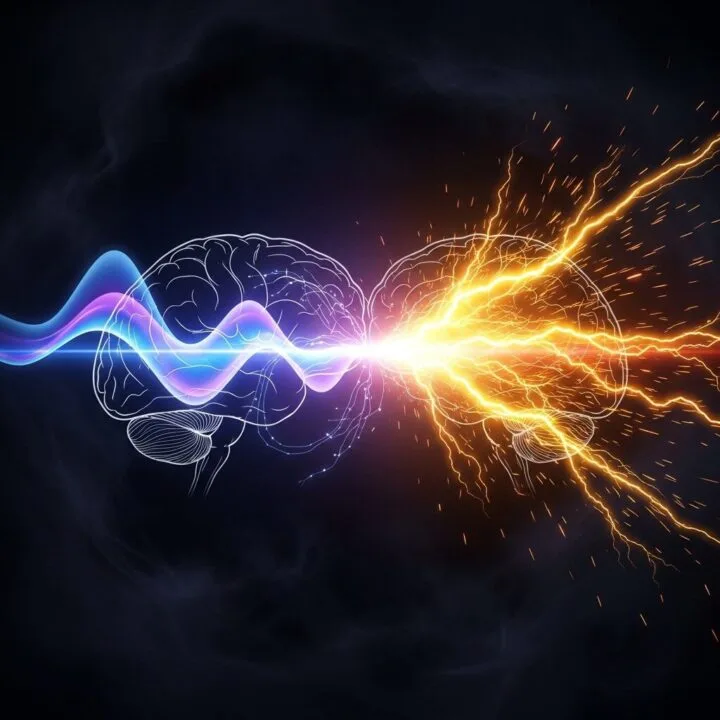
Frequently Asked Questions About Migraine and Seizures
What is the primary connection between migraine and seizures?
The main connection lies in their shared comorbidity; both are episodic neurological conditions that often occur in the same individual. They share underlying mechanisms, such as abnormal electrical activity and hyperexcitability in the brain, and can have similar triggers.
Can a migraine without aura trigger a seizure?
No, the rare condition known as migraine aura-triggered seizure (migralepsy) specifically relates to migraines with aura. Migraines without aura are not recognized as directly causing seizures.
How can I tell the difference between a migraine aura and an epileptic aura?
Migraine auras typically develop slowly over several minutes and can last up to an hour, often featuring black-and-white zigzag lines. Epileptic auras usually appear suddenly, last less than five minutes, and may involve colorful, circular visual phenomena or formed hallucinations, often followed by a seizure.
Are there shared genetic links between migraine and seizures?
Yes, research suggests a genetic overlap. Mutations in genes linked to familial hemiplegic migraine (like CACNA1A, ATP1A2, SCN1A) have also been found in various types of epilepsy, indicating a shared genetic predisposition for migraine and seizures.
What are some common triggers for both migraine and seizures?
Many common triggers exist for both conditions, including stress, insufficient sleep, hormonal changes (especially during menstruation), alcohol consumption, and certain sensory stimuli like flashing lights or loud noises.
Are there any medications that treat both migraine and seizures?
Yes, some anti-epileptic drugs (AEDs) are effective in preventing both migraine attacks and seizures. Topiramate is a notable example, often prescribed for both conditions, demonstrating an overlap in their underlying neurological pathways.
What should I do if I suspect I have both migraine and seizures?
If you suspect you are experiencing both migraine and seizure symptoms, I strongly advise you to consult a neurologist. They can accurately diagnose your condition through a detailed medical history, neurological examination, and tests like an EEG or MRI, then develop an appropriate treatment plan for your specific needs. Understanding migraine and seizures demands clear, expert guidance.


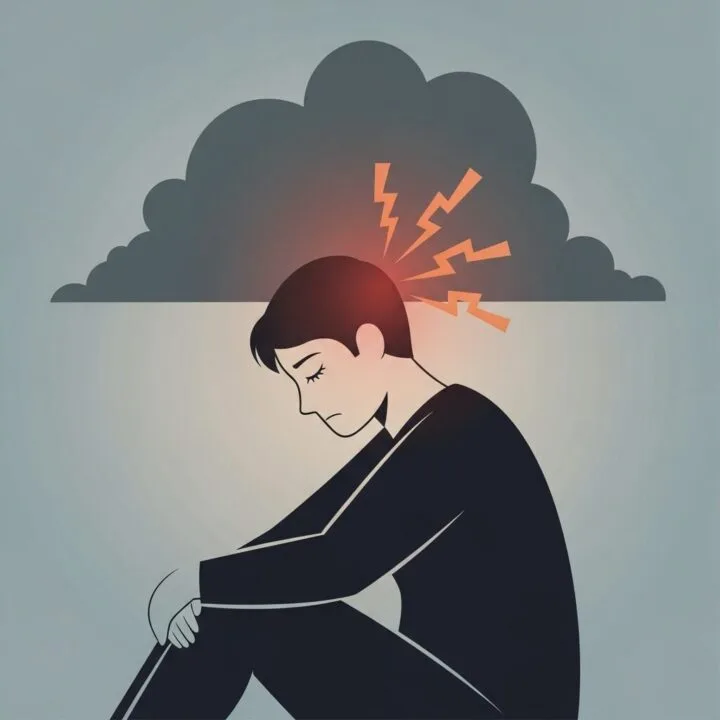
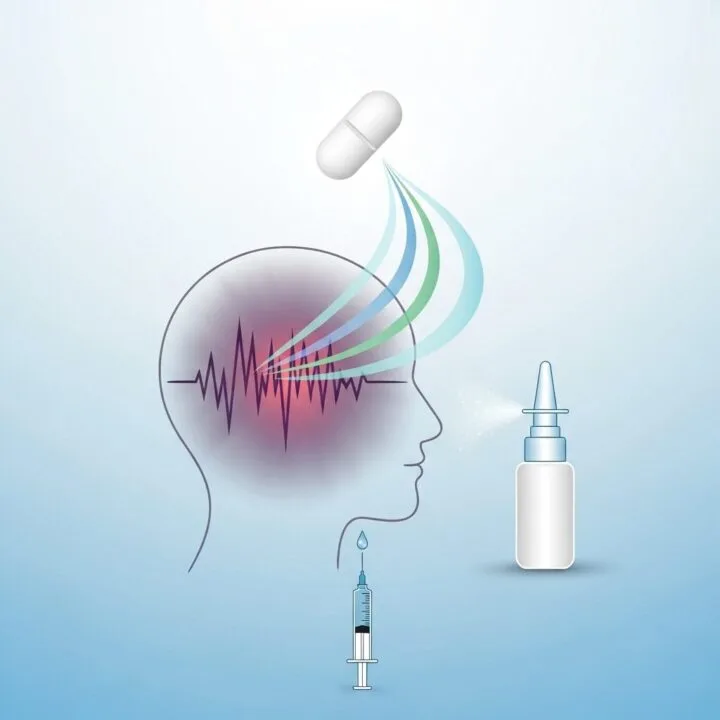
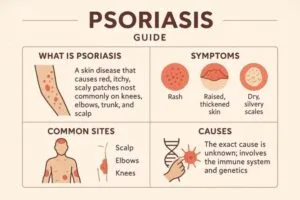




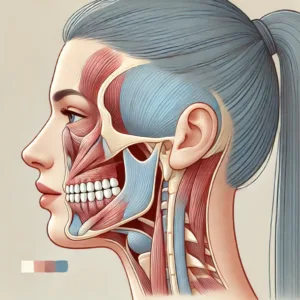




Post Comment